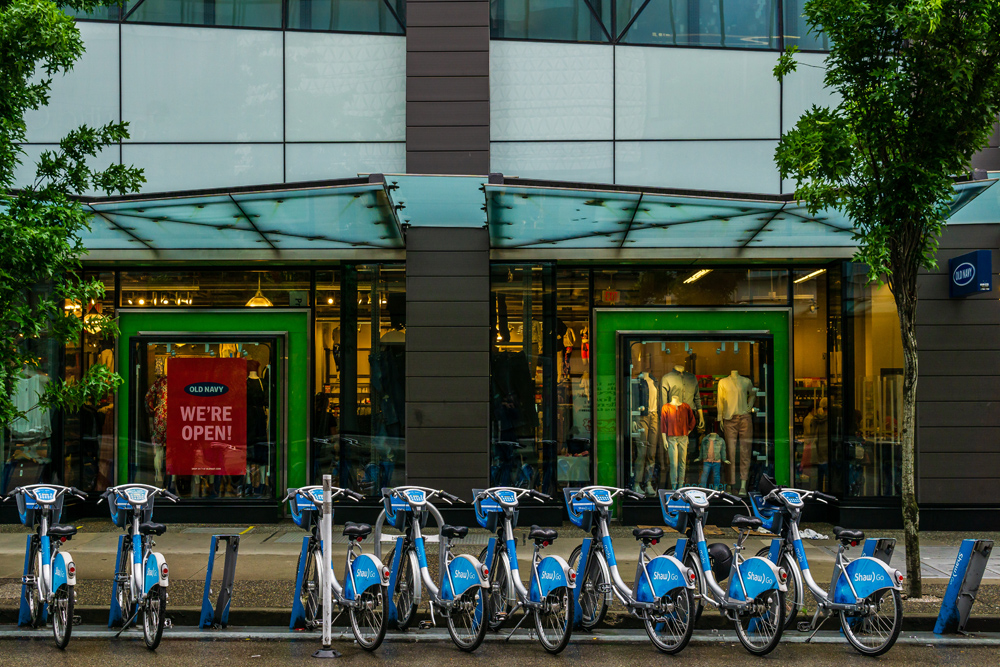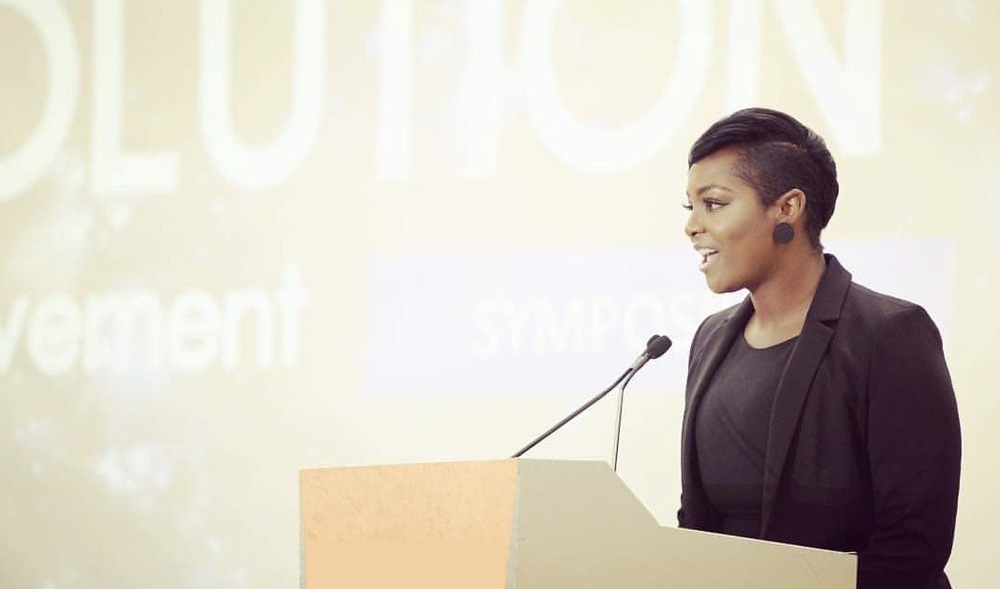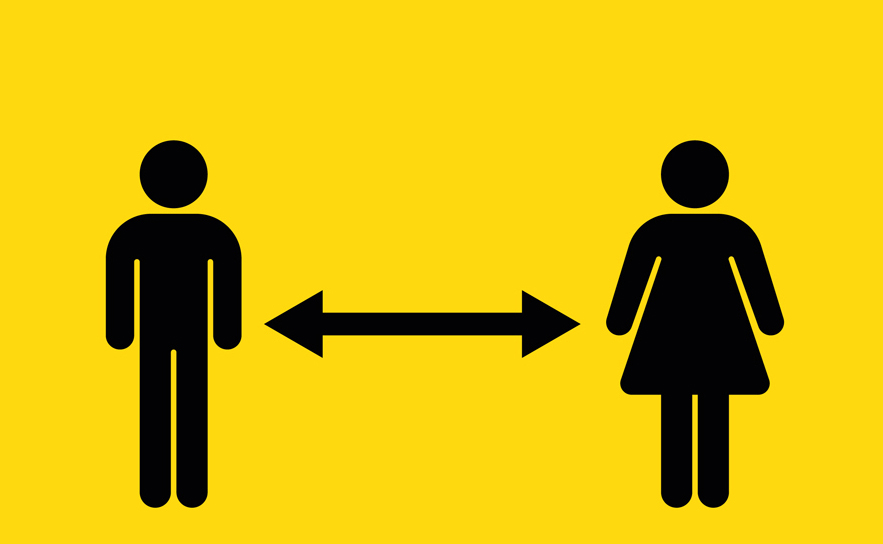
Italy has been hit particularly hard by the coronavirus pandemic. It may be coincidence, but one of the most radical future plans for how transport is going to look post-Covid-19 comes from the northern Italian city of Milan. It plans to reallocate streets from car use to cyclists and pedestrians, turning 35km of streets over to this purpose during the summer as an experiment. In common with other polluted, congested cities, traffic and air pollution have both dropped during the crisis and the authorities are taking the opportunity to see whether this could be something on which to build for a cleaner future.
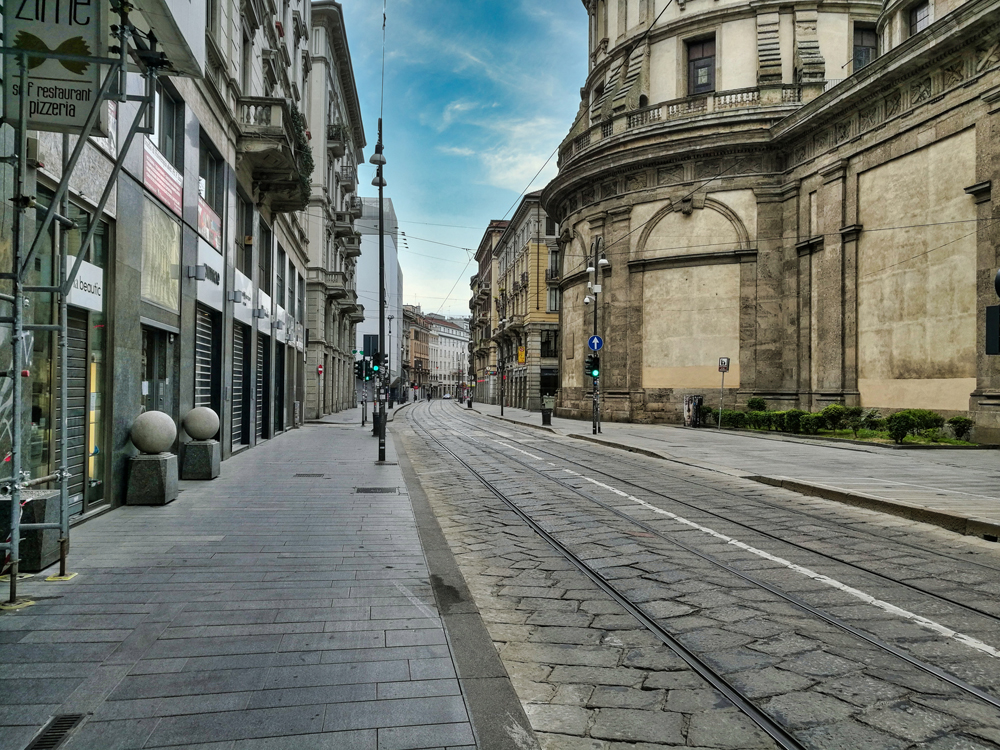
While many in the ITS industry are looking forward to seeing how the experiences of less crowded streets and cleaner air can be translated into lasting change, Philippe Crist, advisor on innovation and foresight for the International Transport Forum at the Organisation for Economic Cooperation and Development, urges caution.
Speaking at a Populus webinar, he said the world was inadvertently witnessing “probably the largest street planning experiment, ever…But one thing that is going to be hard for many of us is that some of these lessons we can never use”.
Crist insisted that people in the mobility industry must choose their words carefully. “Going forward, those people who have worked in the past to try to bring about some of these things - clear skies, quiet cities, safe cities, streets that respond to people’s needs - will have to be very careful not to talk about this period… in nostalgic or even positive terms. Most people will see this as a very bad time, and the connotation will not be positive, it’ll be quite negative. And that’s just something to keep in mind.”
Crist wants authorities and departments of transportation (DoTs) to think about how they respond not only to this pandemic but to the threat of global viruses – and other shocks, whatever they may be – in general. In short, he is concerned that new transport systems that emerge have resilience at their heart.
“There will be even more than before an increased focus on system resiliency,” Crist said, emphasising “the importance of getting the reboot right, as of yesterday”.
He cited Nassim Nicholas Taleb’s ‘Black Swan’ theory, which looked at the impact of ‘highly improbable’ events. “He also wrote about the notion of ‘anti-fragility’ and this is a notion where a system responds to shocks, not by just recovering, but recovering better,” Crist explained. “And I think there’s going to be real focus on how this recovery, how this reboot, can be anti-fragile - that is, [can] become more resistant over time.”
Part of that resilience will come through providing more space in urban areas now for active mobility such as walking and cycling, he thinks. Getting people used to other modes of travel would make systems more able to deal with shocks to the system where they can’t – or don’t want to – be on crowded subway trains or buses.
‘Covid-avoidance’
As has been observed by many commentators, the travelling public may be reluctant for some time to get back into crowded spaces. Crist calls this ‘Covid-avoidance’: “In the reboot, we’ll have to as planners, as public officials, really account for, accommodate and incorporate that behaviour.” One way of doing this with public transport “is to really give room to the safety valve that is active mobility in cities”. But when it comes to the ‘new normal’, he warns: “There’ll be a real desire for many to return as quickly as possible to that ‘old normal’.”
That should not prevent the repurposing of public space, however. “One of the things we can already see, especially now with the focus on social distancing, is that in many of our cities the focus has been on providing bike lanes or lanes that are shared by micromobility and bicycles,” he says. “I think what we will realise is that maybe an entire part of the network should be allocated to those modes - and not just slivers on the side of the network.”
Cities which have already reallocated space to bikes and micromobility before the coronavirus pandemic may find they have functioned better than those which did not.
“This is just feeling on my part,” he admitted. But he is clear that those cities will certainly be better able to deal with ‘Covid-avoidance’ since travellers will have more options available to them: “And I think that goes back to the real lesson: the goals and the kinds of policies we had in place that were seeking to make cities more liveable, to function better for people, are still going to be the right ones.”
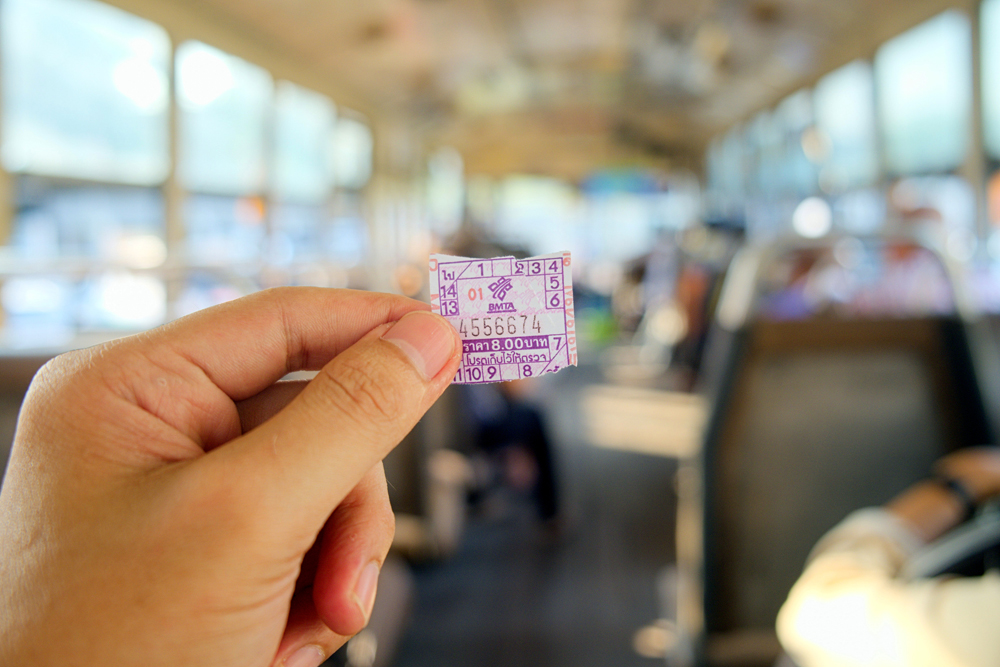
Experts speaking on a Swiftly webinar on Covid-19 were certainly hopeful about what comes next, despite the challenges.
“People recognise this is a scary, difficult time for transit agencies,” says David Zipper, mobility expert and visiting fellow at Harvard Kennedy School. “Ridership won’t come back for a while - we don’t know how long - and that is an existential issue.”
“The world that we lived in two months ago is not coming back,” says Jarrett Walker, transport consultant and author of Human Transit. “Whatever is on the other side of this is a different world. And we are creating that world with the decisions we make now - including the decisions that we make in haste, without feeling like we have the luxury to think about the longer term. The way transit was talked about in the media before this crisis was unfair, unhelpful, confusing. And we have an opportunity in this crisis to change that narrative by helping journalists change the direction of their coverage.”
‘Civilisation collapse’
As far as Walker is concerned, public transportation has made it possible to ensure that essential workers are able to do the jobs “without which our civilisation would collapse right now.”
To build on this, enabling innovation throughout transit agencies is going to be key to success, says Michael Helta, chief innovation officer of Maryland DoT MTA. “Empower, enable every single one of your employees to come up with ideas to act on – and to have those ideas see the light of day. Give voice to people in your agency who maybe don’t feel like they have a voice, such as operators, mechanics, supervisors, people in payroll, accounting.” Organisations are full of people who want to do something to help, he went on: “And some people that are working from home, might feel less useful to the agency than they did before. But all of those people have ideas.”
If you do not find solutions internally, then reach outside your organisation, he insists, to city departments, health authorities – anyone. “See what they’re doing, see if there’s places where you can synchronise efforts,” he added. “And then finally, if you work at a transit agency, do not hesitate to reach out to any other transit agency to ask questions on anything that they are doing. Everybody right now is an open book, everybody is sharing. It’s usually that way in the industry, which is great. But right now it’s even more so - so reach out to your fellow practitioners: ask questions, share information. There’s a lot of people out there doing a lot of great work and we’re going to need a lot more people to do even more varied work to get out of this.”
Zipper thinks that positives are beginning to emerge from the pandemic “from a big picture perspective”. “Transit is not an island,” he explained. “Transit operates within regions and cities, and right now there’s all kinds of questions being posed about how people travel in cities, how we allocate infrastructure and street space in entirely new ways. You see the debates about ‘why we don’t have wider sidewalks?’ right now; you see questions being raised about ‘why can’t we close more streets off to cars and maybe make some of those extend beyond the period of the coronavirus?’”
These are decisions which will have a “huge impact on transit ridership in the long term”, along with the increase in bike ridership and sales which are being reported. “So I think there’s some really positive, encouraging developments and some opportunities for transit supporters to engage more broadly in the urban mobility ecosystem,” Zipper said. “And perhaps help rethink some of the assumptions that have been baked into our cities for quite a while that have placed riding the bus or riding in the train at a bit of a disadvantage.”
David Block-Schachter, chief business officer at MaaS app provider Transit, admitted that in the current situation he has “the luxury of not being in the thick of it”. This means he is able “to think a little bit more about what the world might look like in 18 months rather than trying to think about what it’s going to look like in 18 hours”.
He went on: “One of the things that I think about a lot is what the world is going to look like in terms of public communications, because I think what this has shown is that with things changing every day, you have to be able to talk to not just your operators, but your customers on a pretty continual basis.”
Informed choices
There is an obvious fear about contamination and infection for transit users – not just now but in future too. Block-Schachter said that public health concerns “are going to be top of mind, even as we get through this, for a very long time”.
That being the case, he suggests that transit agencies think hard about “what crowding looks like…so that people can make informed choices”. Things to bear in mind include “making sure that they know where their buses are up to the second so that they’re not waiting out on the street in what now feels like an unsafe environment”.

Worries about the current situation also feed into debates about how we pay for transport. It has long been argued by mobility campaigners that contactless or by-phone ticketing discriminates against some sections of the population, and therefore cash transactions were still required. But if cash is seen as inherently unsafe, then that changes the debate considerably.
“Cash used to be something which we thought we needed to support everyone but now seems to be increasingly something that is a little bit scary in terms of the transaction,” Block-Schachter says. “How do we move towards contactless or mobile ticketing for everybody that’s accessible to everyone and equitable - but not at the two- to five-year speed but the two-months speed - to really make sure that we can get this stuff restarted again.”
Steve Young, VP technology & innovation at VIA Metropolitan Transit is optimistic. “I think there’s no better time for us to shine as an industry,” he says. “What we’re doing today is critically important. We need to work on communicating that better and supporting all those in our agencies that are doing this every day, that are out there on the frontlines.”
Taking charge of the narrative, and of explaining why transport matters, is going to be very important as far-reaching decisions are taken over the next few months and even years about the way we travel. For instance, ridership has traditionally been a major measure of success for transit but that makes no sense during the pandemic – and may well make no sense in what comes after.
“I think that transit agencies are doing heroic work right now in this crisis and the challenge will be how we take credit for that work,” Walker concludes. “And so that as we come back - and as we come back possibly to a very different market - people are going to have a better sense of why transit exists, and why to support us.”






